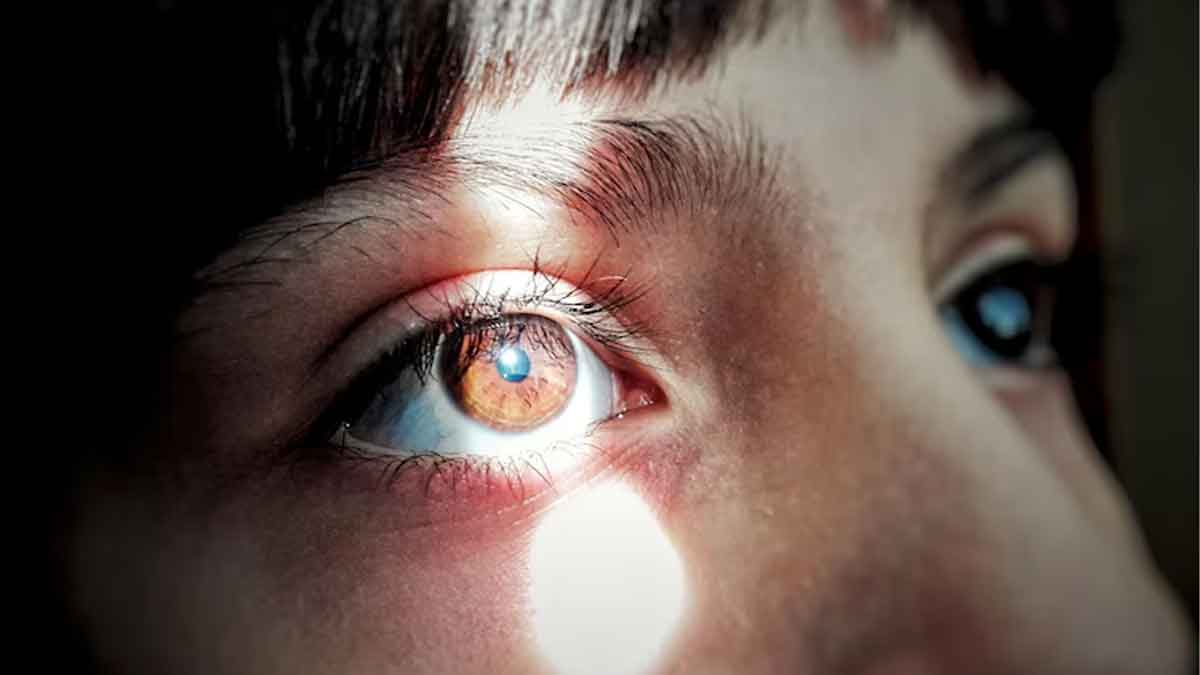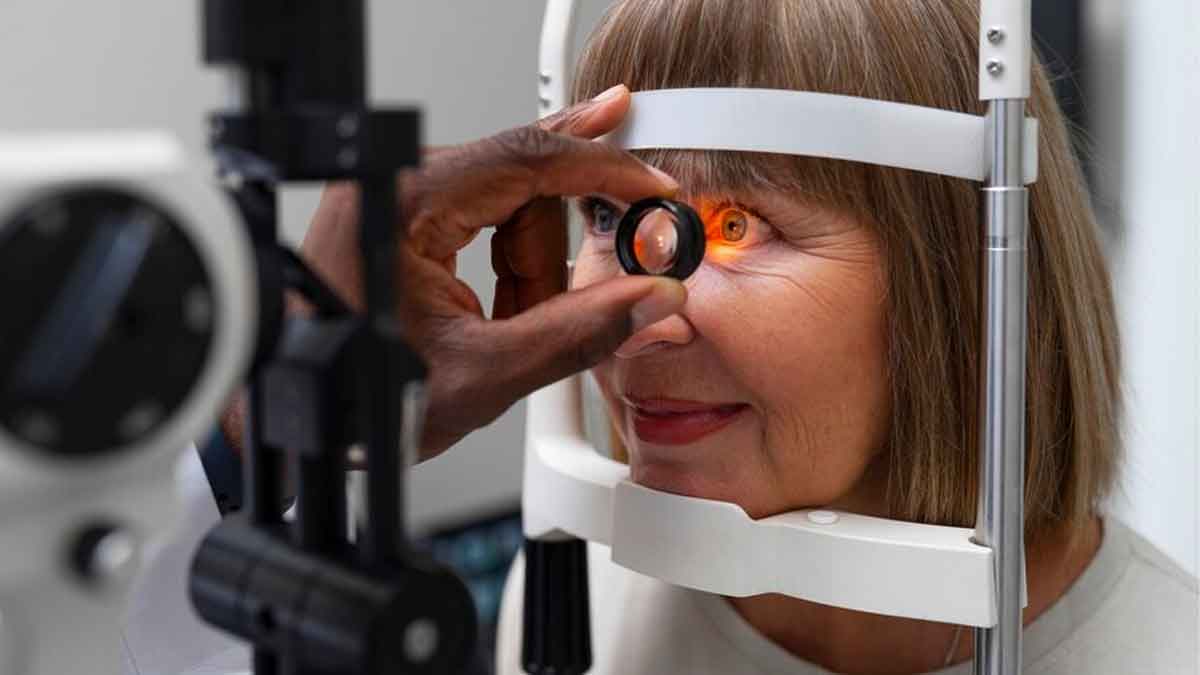
In a country as diverse as India, eye health plays a crucial role in the overall well-being of its population. Understanding which eye disorders are the most prevalent in India is essential for addressing healthcare needs effectively. Talking to the Onlymyhealth team, Dr Arun Sethi, Founder and Ophthalmic Director, Arunudaya Desert Eye Hospital, Gurgaon shared which four diseases are the most prevalent in India.
Table of Content:-
Cataracts
“The most prevalent eye disorder in India is the general cataract,” said Dr Sethi. A study published in the Hamadan Medical Journal called cataracts the second leading cause of blindness in India, even though vision can be easily restored after a simple surgical procedure.
The American Academy of Opthalmology defines cataracts as a condition which involves the clouding of the eye's natural lens. The major symptoms of a cataract are:
- Blurred vision
- Sensitivity to light
- Difficulty in seeing clearly, especially at night

While ageing is a primary risk factor, cataracts can also result from factors such as UV radiation exposure, smoking, diabetes, and certain medications. The good news is that cataracts are treatable with surgery, where the clouded lens is replaced with an artificial one, restoring clear vision and improving quality of life.
Refractive Errors
Dr Sethi said, “The second most common eye disease in India is refractive error which requires corrective glasses.” According to the National Eye Institute, refractive errors include a range of vision problems, including myopia (nearsightedness), hyperopia (farsightedness), and astigmatism. These conditions occur when the eye's shape prevents light from focusing correctly on the retina, leading to blurry vision.
Refractive errors are highly prevalent in India, impacting individuals of all ages and backgrounds According to a study published in the Indian Journal of Opthalmology, 20% of children in the age-group 7-15 develop refractive errors by the age of 16. Corrective measures such as eyeglasses, contact lenses, or refractive surgeries like LASIK can effectively address refractive errors, providing clear vision.
Also Read: New Year Resolution 2024: Here Are Some Tips You Must Follow To Boost Your Eye Health In 2024

Glaucoma
“At the third place is glaucoma,” said Dr Sethi. Glaucoma is often referred to as the ‘silent thief of sight’ due to its gradual progression and lack of early symptoms. According to the National Eye Institute, this group of eye diseases damages the optic nerve, typically due to elevated intraocular pressure, leading to irreversible vision loss if left untreated.
In India, glaucoma poses a significant challenge to vision health, affecting individuals across various age groups. Regular eye screenings, early detection, and timely intervention with medications, laser treatments, or surgery are essential in managing glaucoma and preserving vision.
Diabetic Retinopathy
“The fourth most prevalent eye disorder in India is diabetic retinopathy,” said Dr Sethi. With the rising prevalence of diabetes in India, diabetic retinopathy has emerged as a major concern for eye health.
The American Optometric Association stated that high blood sugar levels can damage the blood vessels in the retina, causing vision problems ranging from mild blurriness to severe vision loss and blindness. Diabetic retinopathy requires careful monitoring through regular eye exams, strict blood sugar control, lifestyle modifications, and, in some cases, laser treatments or injections to prevent vision deterioration and complications.
Also Read: Can You Treat Cataract And Correct Refractive Errors Together? Expert Explains
Promoting awareness through education, ensuring accessible eye care services, advocating for healthy lifestyles including UV protection and regular check-ups, and investing in research and innovation are key strategies for India to address prevalent eye disorders effectively. Prioritising prevention, early detection, comprehensive treatments, and ongoing support can significantly improve vision outcomes and enhance the overall quality of life for the population.
Also watch this video
How we keep this article up to date:
We work with experts and keep a close eye on the latest in health and wellness. Whenever there is a new research or helpful information, we update our articles with accurate and useful advice.
Current Version